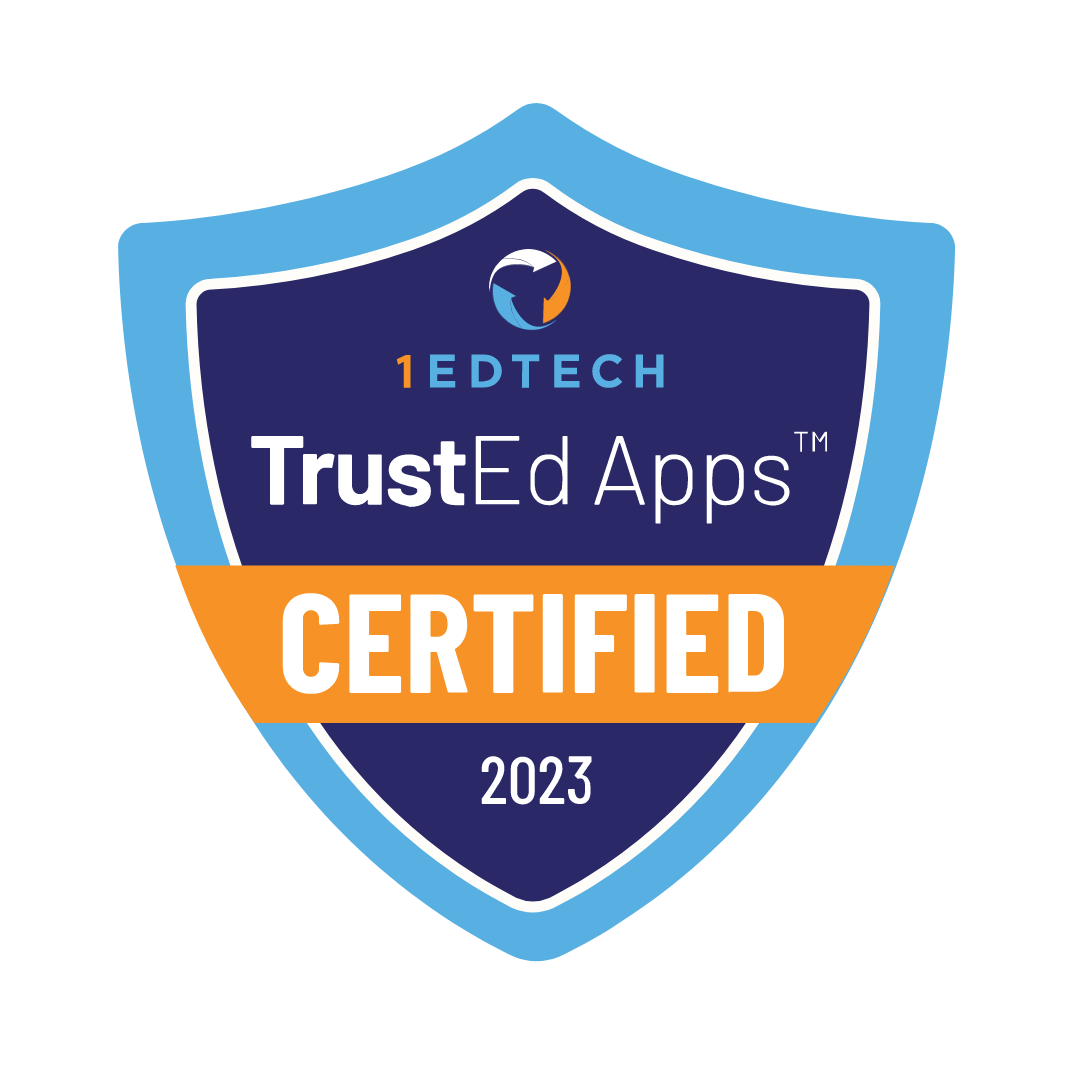Contents
K-12 online schools became popular. These schools offer flexibility and the ability to balance studies with other activities. These activities include hobbies, part-time work, or family responsibilities. Many parents and students wonder how to enroll in these schools. Let’s explore the process of enrolling in such a school.

Enrollment in an online school means registering as a student to access courses and resources. The enrollment process has specific steps. We’ll explain the benefits of K-12 online education and the enrollment process.
Benefits of Online K-12 Education
K-12 online education offers several key benefits. Table below lists seven main advantages. Each advantage comes with a brief description. These benefits explain why millions of students around the world choose online education.
| ADVANTAGE | SHORT DESCRIPTION |
|---|---|
| Flexibility | Students learn at their own pace. This allows students to adjust their schedule around other commitments. It also accommodates their personal learning preferences |
| Accessibility | Students learn from anywhere with an internet connection. This frees up more time for other activities |
| Lots of resources | Online schools provide a wider range of courses. These courses include advanced placement, specialized electives, and vocational training |
| Personalized learning | Online education allows personalized learning. Students focus on areas they find challenging. Students move quickly through subjects where they excel |
| Safe learning environment | Online education gives a safer option for students. It benefits students who may face bullying, health issues, or other challenges in a traditional school setting |
| Developing digital skills | Students in online education develop strong digital literacy skills. These skills are essential in today’s job market |
| Global networking | Online education connects students with peers and teachers from around the world. This provides a diverse learning experience and broader perspectives for students |

Enrollment Process in K-12 Online Schools
|
Interesting statistics
According to the National Center for Education Statistics, in the 2019-20 school year, the U.S. had 691 fully virtual schools. It had 8,673 partially virtual schools. Over 50 million students were enrolled nationwide. About 294,000 students were in fully virtual schools, and nearly 4.8 million were in partially virtual schools. Fully virtual schools made up 0.6% of total enrollment, while partially virtual schools accounted for 9.4%.
|
The enrollment process in K-12 online schools includes several steps. We will look at six of the most common steps across all online schools.

Legacy Online School’s enrollment process has only five easy steps:
- Discuss the application process and learn about Legacy Online School.
- Submit the online form with your child’s details.
- Legacy Online School reviews your child’s application and makes a decision.
- Accepted students go through an onboarding process.
- Your child starts their classes and engages with peers.
Researching Online K-12 Schools
Parents and students pick an online school fitting their needs before enrolling. Choosing the right school isn’t always easy. Legacy Online School wrote an article on how to choose the best K-12 online school. We explain what to consider when selecting a K-12 online school.
Required Documents
The required documents typically include:
- Birth certificate
- Previous school records
These documents ensure the student meets the school’s eligibility criteria. Legacy Online School requires only a minimal set of documents for enrollment, excluding proof of residency and health records.
Application Submission
Application submission includes six steps:
- Fill out the application form with accurate personal details. These details include an academic history and any other required information.
- Upload or provide necessary documents. These documents include previous school records, birth certificate, proof of residency, and immunization records.
- Schedule an interview, if a school requires it.
- Sign an enrollment agreement.
- Pay a non-refundable application fee, if a school requires it.
- Wait for the school to review the application to ensure all criteria are met.
Interview or Assessment
Some K-12 online schools require an interview or assessment to ensure the student is a good fit for the program.
Students and parents plan an interview with the school. The interview is conducted online to assess the student’s readiness and discuss expectations. Some schools use an assessment test instead of an interview to evaluate the student’s academic level. The results from the interview or assessment help the school decide on admissions. Understanding the student’s academic level helps the school tailor the learning experience to their needs.
Legacy Online School requires students to speak with an Academic Advisor but does not require a formal interview.
Acceptance and Enrollment Agreement
Students and parents receive an acceptance letter or enrollment agreement by email after submitting all materials. This document includes the terms, tuition fees, and school policies. Parents or guardians need to sign the document to secure the student’s spot.
Payment of Fees
Many online schools ask for payment after signing the enrollment agreement. This payment is less than in traditional schools. The school sends an invoice with the tuition fees and any extra costs. The school confirms students’ enrollment and gives them access to the school’s portal once the payment is made.
Legacy Online School offers various tuition plans. These plans include group learning, self-paced learning, and one-on-one live teaching. Prices start from $149 per month. Discounts are available for annual payments.
Preparing for Online K-12 Education
“If students don’t have a keyboard during the semester, and then suddenly have to use a physical keyboard, that can be quite jarring and add to test anxiety”
Madeleine Mortimore, EdTech: Focus on K-12

Preparing for online K-12 education is crucial. Some students are not ready for online learning. We’ve created an article on how to prepare your child for online school. Parents and students read it to get ready for online learning. Online education demands more involvement from both students and parents.
Conclusion
Enrolling in a K-12 online school is simpler than in a traditional one. Parents and students handle most tasks online without needing to visit the school in person. We covered the benefits of online learning and six key steps in the enrollment process. Understanding these steps helps families enroll faster in the online school they prefer.











